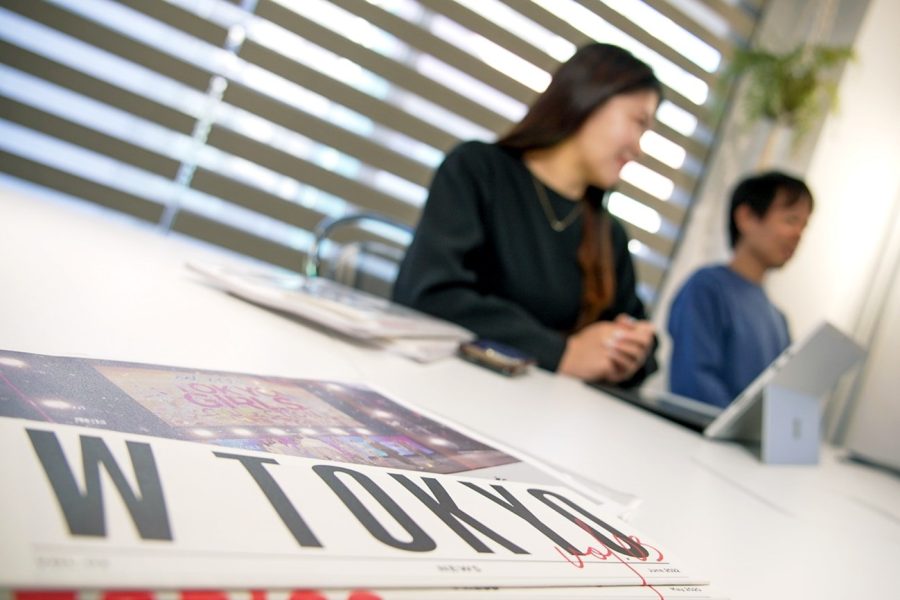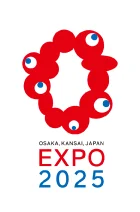
There is a company that connects two major social issues, i.e., promotion of SDGs (Sustainable Development Goals) and regional revitalization, with the young generation and focuses on the next generation with its unique production skills, and that company is “W TOKYO Inc.,” which plans and organizes the “Tokyo Girls Collection (TGC).” At the Expo 2025 Osaka, Kansai, Japan, the company will design the “Circular Bio-toilet” using technology originated in a regional area and present it to the world.
On May 31, 2018, the atmosphere at the headquarters of the United Nations in New York, USA, was unprecedentedly glamorous. A runway was set up on the fourth floor of the conference building, with models representing Japan sashaying and posing. The 17 SDGs, including “Gender Equality,” were displayed prominently on the screen at the stage. This event spread quickly via the social media accounts of the performers, with more than a million young people watching the video. The officials of the United Nations were unanimously amazed by the synergy through the unexpected combination of the United Nations and a fashion show.
“I felt that it is a one-of-a-kind platform that connects young people and social issues through its overwhelming dissemination power. So, without any hesitation, I decided to work at W TOKYO Inc. because I wanted to work on a project to contribute to my hometown, Yamanashi,” said Kazuha Asakawa, who joined W TOKYO Inc. in the following year 2019, explaining the reasons for joining the company.
Asakawa majored in tourism town planning with a focus on inbound tourism in her university days. When she started job hunting, she came to know about the “TGC Regional Revitalization Project” by W TOKYO Inc. She was attracted to the approach of addressing the issues at the regional level while focusing on the world. In this project, TGC, which has grown to become one of the largest fashion events in Japan, is held in the regional areas. Top models, actresses, singers, and comedians—some of Japan’s most popular performers—wear local specialties on the runway and interact with regional residents to disseminate regional information nationwide. The project started in 2015 and spread to various locations, starting with Kitakyushu City, followed by Hiroshima, Toyama, Shizuoka, Kofu City in Yamanashi Prefecture, and others.
“The starting point was a pair of glasses from Sabae City, Fukui Prefecture,” recalls Yasuhiro Tajima, Project Manager. In 2009, when the event was still held only in Tokyo, as part of the program with the Ministry of Economy, Trade and Industry (METI), the technology for producing eyeglasses in Sabae was introduced at the TGC. The fact that Sabae accounts for about 96% of the Japanese market and about 20% of the world market for eyeglass frames was surprising, and as they witnessed the pride and commitment of these craftsmen to focus on detail, they began thinking about using their strengths to discover and support regional craft techniques and specialties, rather than letting them remain unnoticed. This was the starting point for focusing on the regional areas.
Since then, the company has had the opportunity to visit different regions and encounter some unique and brilliant regional industrial technologies. One of them was the development of a self-sufficient bio-toilet equipped with a device that purifies sewage and recycles it into water used for cleaning through the activity of microorganisms.


Share this article


